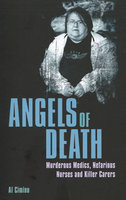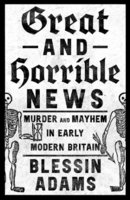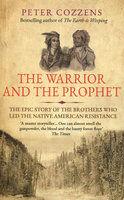New, Quality Gift Books - 50-90% off - over 2500 titles
Your basket is empty.
Categories Last Chance to buy! 19TH CENTURY UNDERWORLD: Crime, Controversy and Corruption
19TH CENTURY UNDERWORLD: Crime, Controversy and Corruption
Book number: 94787
Product format: Hardback
In stock
Bibliophile price
£7.00
Published price
£19.99
Customers who bought this product also bought
|
ANGELS OF DEATH: Murderous Medics, Nefarious Nurses
Book number: 93892
Product format: Paperback
Bibliophile price
£4.50
|
GREAT AND HORRIBLE NEWS: MURDER AND MAYHEM IN EARLY
Book number: 95026
Product format: Hardback
Bibliophile price
£7.50
Published price
£18.99
|
WARRIOR AND THE PROPHET
Book number: 94885
Product format: Paperback
Bibliophile price
£5.00
Published price
£10.99
|
|
LONDON BOMBED, BLITZED AND BLOWN UP
Book number: 95587
Product format: Hardback
Bibliophile price
£8.00
Published price
£30
|
HOGARTH: Life In Progress
Book number: 95578
Product format: Paperback
Bibliophile price
£6.50
Published price
£12.99
|
GREAT AND HORRIBLE NEWS
Book number: 95490
Product format: Paperback
Bibliophile price
£4.50
Published price
£10.99
|
Browse these categories as well: Last Chance to buy!, History, Crime







